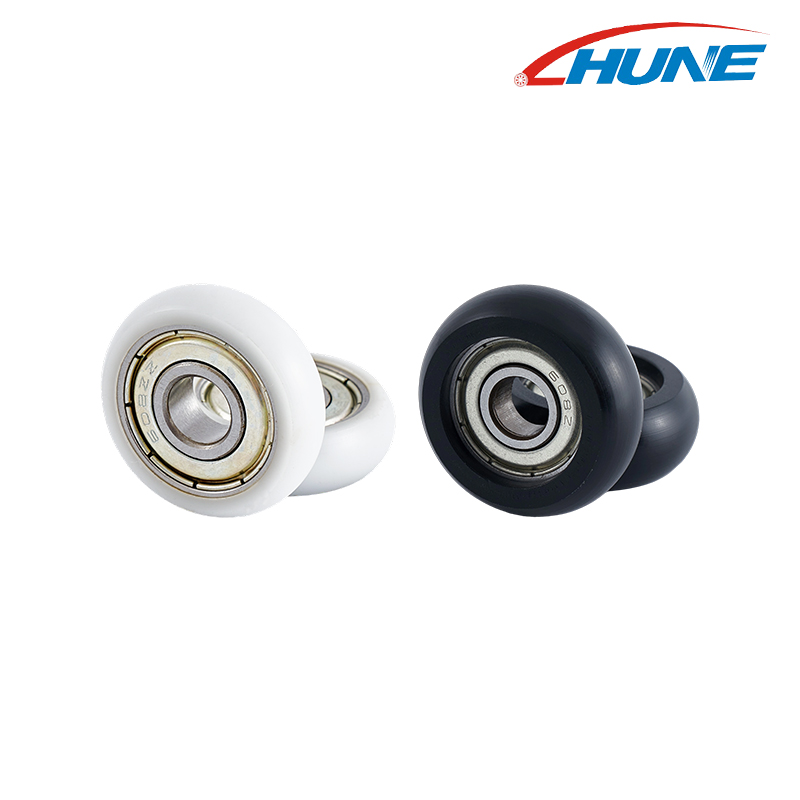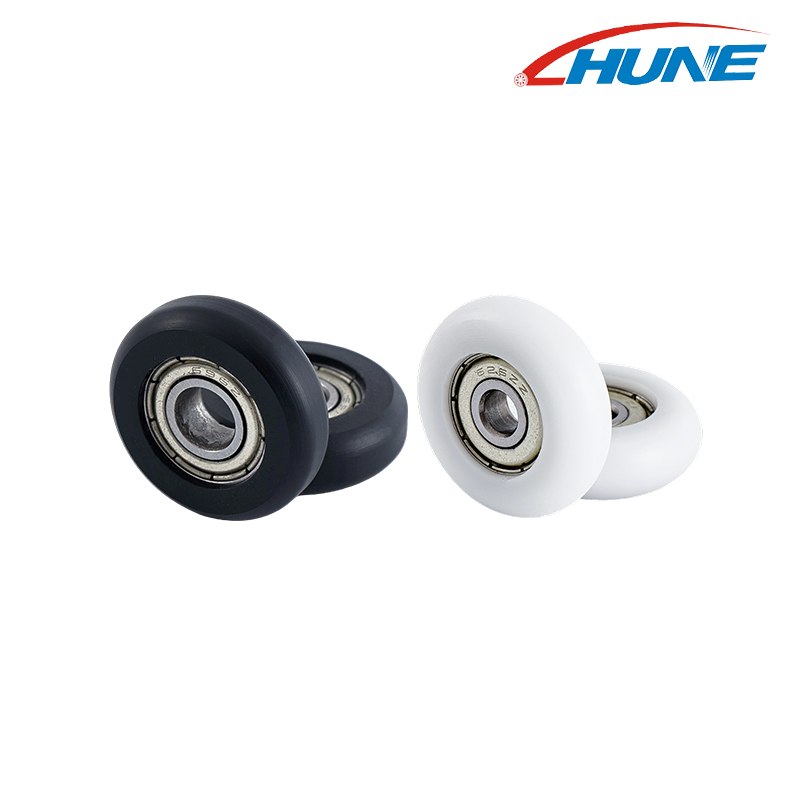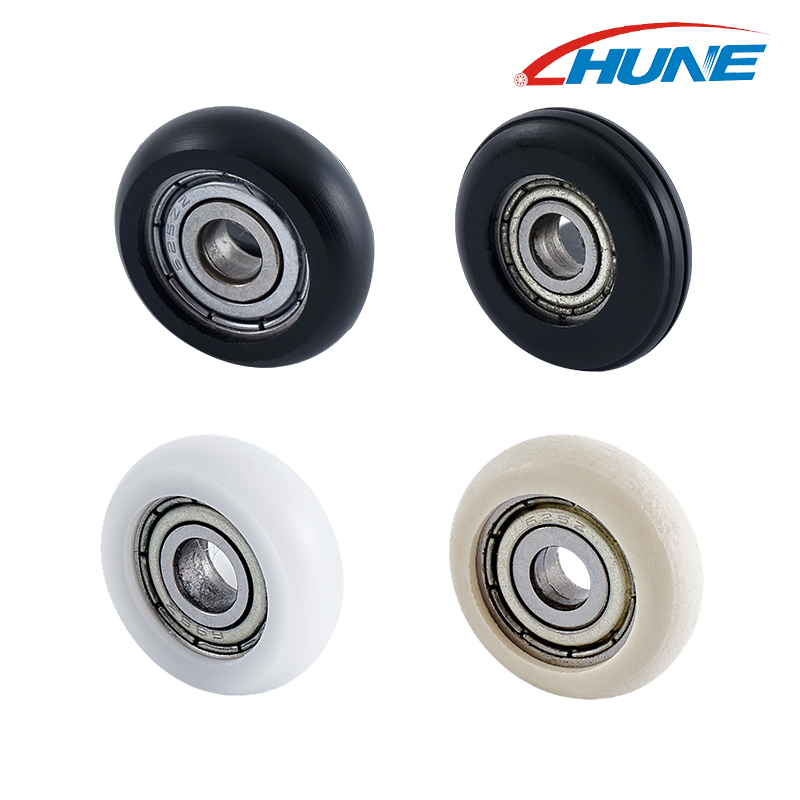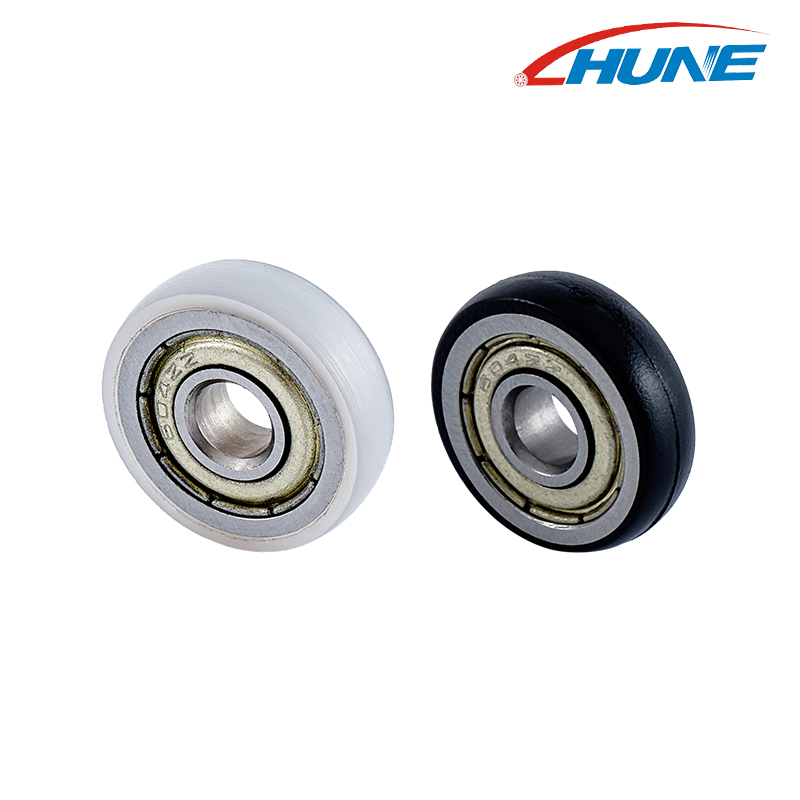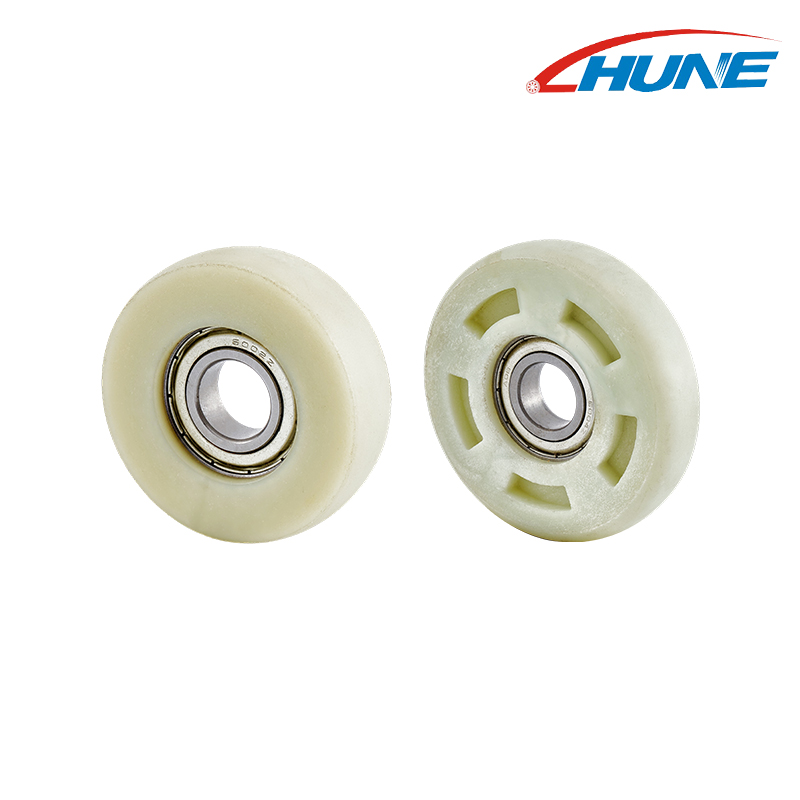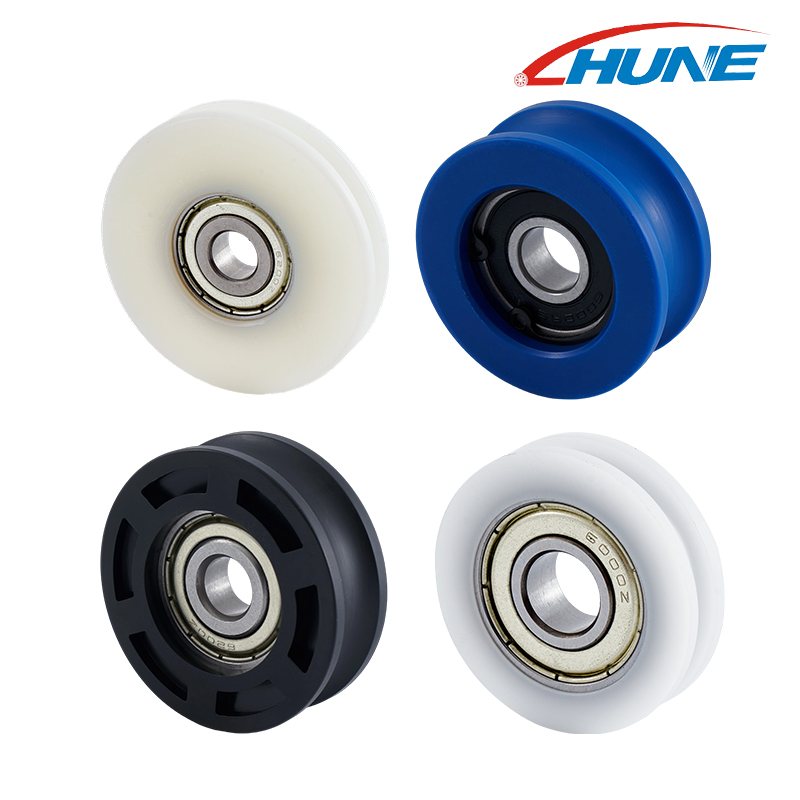Have you ever looked at a track system and wondered what makes the wheels on it work so well? Maybe you're building something new, or fixing an old setup, and you need to know what kind of pulleys to buy. You've heard of U-Groove vs. V-Groove pulleys, but you're not sure which one fits your project. Let's get into it.
Choosing the right pulley is crucial. The wrong one can cause friction, noise, and even damage your track over time. The right one makes everything run smoothly and lasts a long time. It's a simple choice that makes a big difference. I'll walk you through the key differences so you can make a smart choice for your project.
Getting to Know U-Groove Pulleys

U Type Groove Pulleys are wheels with a rounded channel. This channel is shaped like the letter "U." They work best with round rails, pipes, or cables. The pulley's curve sits snugly on the rail.
Why choose U-Groove pulleys?
Smooth movement: They offer consistent contact with the round rail, which gives a very smooth glide.
Good for cables: The U-shape is perfect for guiding wires or cables without them slipping off.
Reduced wear: The wide contact area spreads out the load, which helps the pulley and rail last longer.
Where do you use U-Groove pulleys?
You'll see these on sliding gates, overhead cranes, and cable systems. Any setup with a round track or guide wire often uses a U-groove pulley. They are great for systems where the load is moderate and a consistent, quiet movement is important.
Understanding V-Groove Pulleys
V-Groove pulleys have a channel shaped like the letter "V." This channel fits onto an angle iron or a track with a matching "V" shape. The sides of the "V" hold the pulley securely in place.

Why choose V-Groove pulleys?
High stability: The V-shape locks onto the track, which prevents side-to-side movement. This is good for heavy loads.
Precision tracking: They are excellent for guiding things in a very straight line.
Versatile use: They work well on angle iron and other V-shaped tracks, which are common in many settings.
Where do you use V-Groove pulleys? Think of factory conveyors, sliding doors on warehouses, and other heavy-duty applications. Anywhere you need to move a lot of weight with precision, you'll likely find a V-groove pulley.
Key Differences: U-Groove vs. V-Groove Pulleys at a Glance

Here is a simple table to show the main differences.
|
Feature |
U-Groove Pulleys |
V-Groove Pulleys |
|
Groove Shape |
Rounded (U-shape) |
Angled (V-shape) |
|
Track Type |
Round rails, pipes, cables |
Angle iron, V-shaped tracks |
|
Primary Use |
Light to moderate loads, cable guidance |
Heavy loads, precision tracking |
|
Stability |
Good |
Excellent (prevents lateral movement) |
|
Load Distribution |
Spreads load over a wider area |
Concentrates load on the "V" sides |
Choosing the Right Pulley for Your Track
So, you're asking yourself: U-Groove vs. V-Groove pulleys, which one is for me? The answer comes down to your track and your needs.

1. Check your track shape. This is the most important step. If your track is a round bar or a pipe, you need a U-groove pulley. If it's an angle iron with a sharp edge, you need a V-groove pulley.
2. Consider the load. Is what you are moving heavy? V-groove pulleys offer better stability and are often a safer bet for heavy items.
3. Think about precision. Do you need the item to move in a perfectly straight line? The V-groove design is built for this kind of precise guidance.
4. Look at the environment. For outdoor use, consider the material of the pulley. We have pulleys made of stainless steel that resist rust. This is a good example of a semantically relevant keyword.
5. Don't Forget the Details: Materials and Maintenance
The material of your pulley matters. Pulleys come in stainless steel, plastic, and other materials. A stainless steel pulley is perfect for outdoor or wet conditions, as it won't rust. For lighter loads, a plastic pulley might be just fine.
Maintenance is simple. Just keep the track clean and free of debris. A quick wipe-down and a check for wear every now and then will keep your system running smoothly.

Common Questions About Pulleys
Q1: Can I use a U-groove pulley on a V-groove track? A: No, you should not. The shapes do not match. Using them together would cause wear, damage, and poor performance. The pulley will not track properly.
Q2: What's a semi-circle pulley? A: A semi-circle pulley is another name for a U-groove pulley. The terms are often used to describe the same shape.
Q3: How do I know the size I need? A: You need to measure the diameter of your track and the width of the track. The pulley's groove size must match your track's measurements. Check the product specifications for exact numbers.
Q4: Where can I find both U-groove and V-groove pulleys? A: You can find a wide range of these pulleys from suppliers like hunepulley.com. They offer options for many different track types and loads. (Internal linking opportunity: Link to product pages for U-groove and V-groove pulleys.)
I hope this guide helps you figure out the difference between U-Groove vs. V-Groove pulleys and pick the right one for your needs. Getting this detail right ensures a smooth, quiet, and reliable track system for a long time.






 English
English  Español
Español  日本語
日本語 